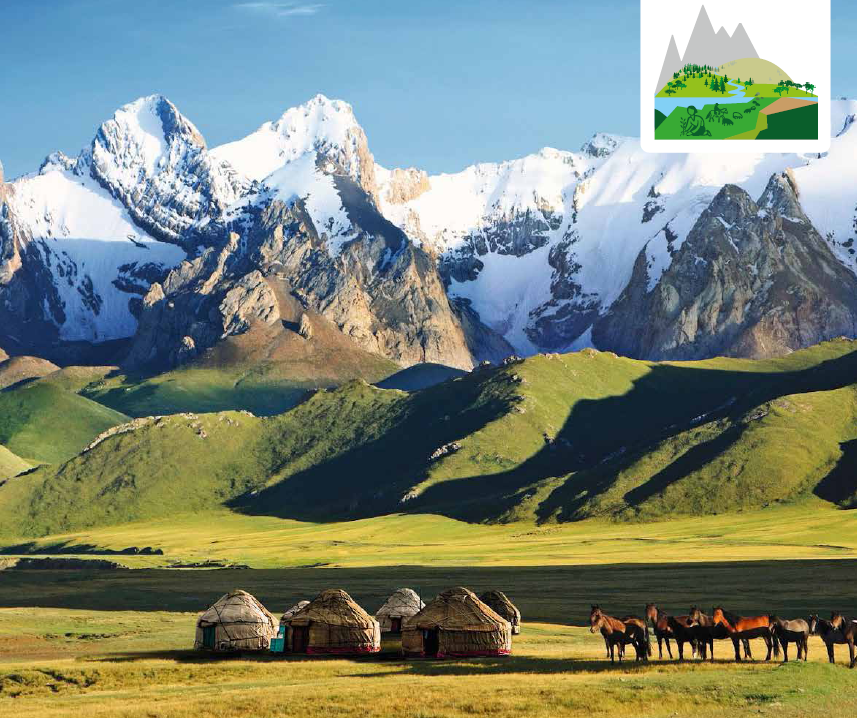
The Conservation Standards and Ecosystem-based Adaptation
Worldwide, rural communities are using ecosystem-based adaptation (EbA) to harness biodiversity and ecosystem services to reduce vulnerability and build resilience to climate change. The Convention on Biological Diversity (CBD) defines EbA as “the use of biodiversity and ecosystem services as part of an overall adaptation strategy to help people adapt to the adverse effects of climate change.” Because rural communities depend directly on natural resources, they are often the first to feel the effects of climate change. Conserving, sustainably managing, and restoring ecosystems can help reduce their vulnerability to increases in temperature, changes in precipitation patterns, drought, flooding, landslides and other climate impacts that can affect many aspects of their livelihoods, including the productivity of their agricultural and grazing areas and access to clean water.
Being in COVID-19 quarantine has given a few of us here at Foundations of Success (FOS) the chance to finish up an important project that has been on our plates for too many months – working with colleagues at the Deutsche Gesellschaft für Internationale Zusammenarbeit (GIZ) GmbH in Central Asia and World Wildlife Fund to develop a manual that applies the Conservation Measures Partnership’s Open Standards for the Practice of Conservation to EbA.
FOS believes that it is important to produce guidance to help conservation practitioners increase the effectiveness of their work. While there is general agreement on how to define EbA, the need to operationalize EbA has created a proliferation of tools and frameworks, on-the-ground activities, and research efforts that differ significantly in their understanding of EbA and its intended purpose. Fortunately, the Conservation Standards provide a user-friendly, evidence-based, and consistent approach that, when applied to ecosystem-based adaptation, can help teams (composed of community members and the development and conservation practitioners who assist them) to identify priority ecosystems, assess non-climate and climate-related threats, conduct scenario planning (if relevant), and select the most appropriate interventions to address priority threats under different scenarios.
To meet the specific needs of EbA, this guide proposes revisions to Step 1 (Assess) and Step 2 (Plan) of the Conservation Standards that include identifying those ecosystems on which human communities depend, assessing climate vulnerability, setting climate-smart goals, and considering various types of adaptation interventions. Steps 3-5 of the Conservation Standards (Implement, Analyze & Adapt, and Share) remain the same and are only described briefly in this manual.
The natural world provides us innumerable gifts. As Sir David Attenborough recently said, during the Covid-19 crisis, “In times of crisis the natural world is a source of joy and solace. It produces the comfort that can come from nothing else.” Fortunately, all around the world, communities are recognizing that conserving and restoring ecosystems is a critical part of solving the climate crisis and building resilience.
Download the guide.

